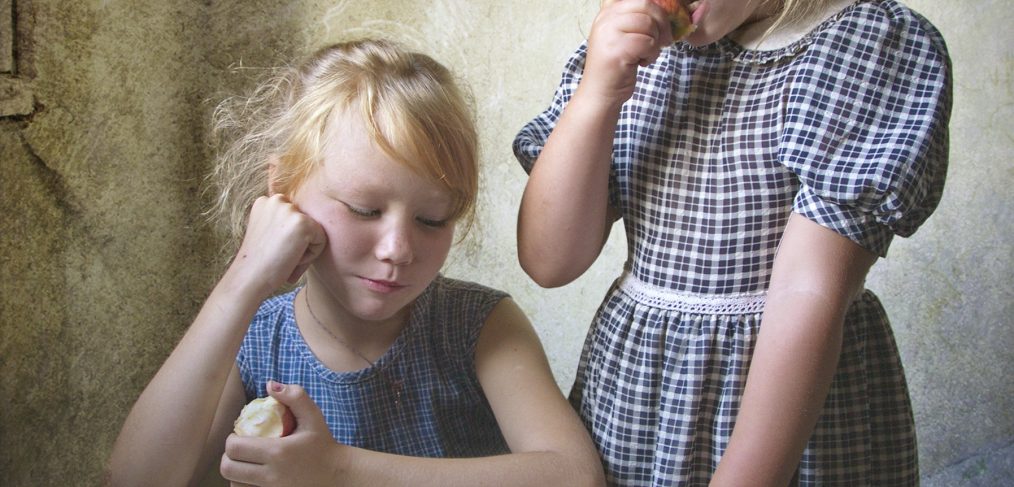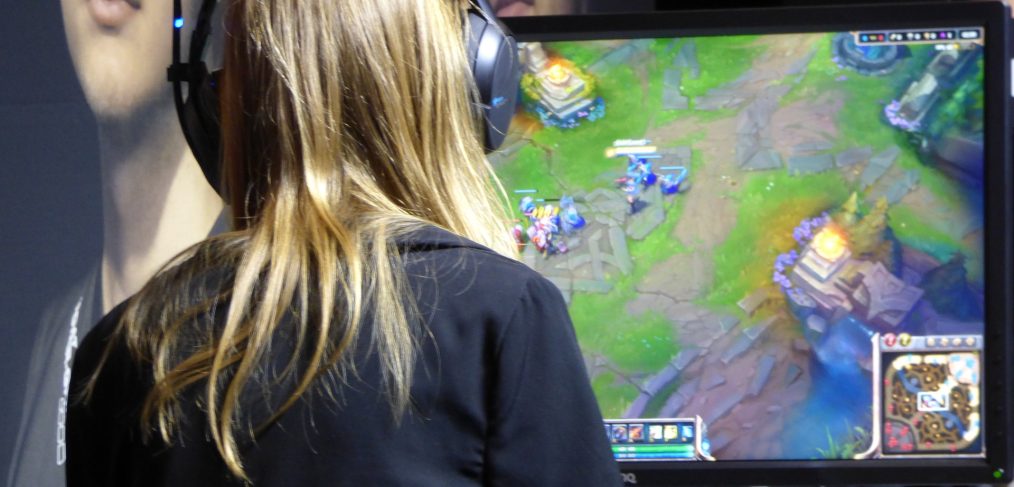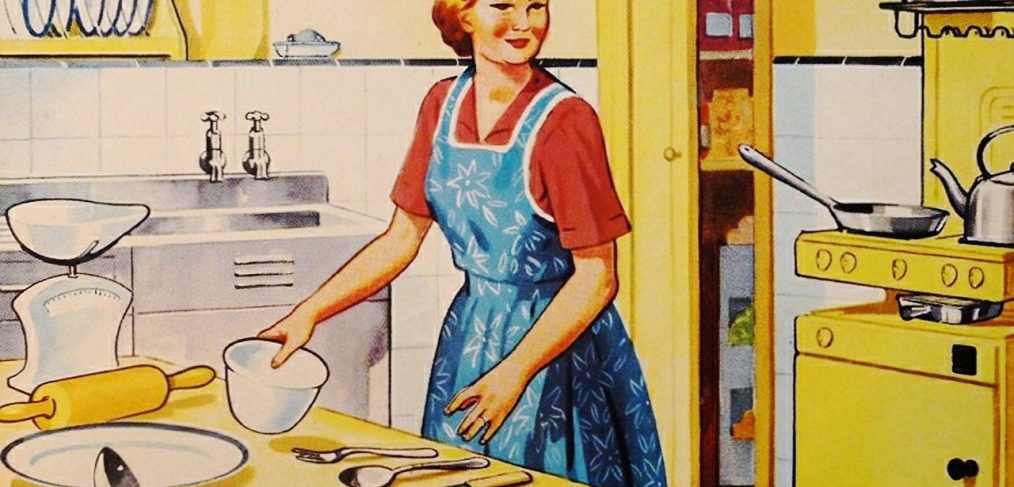-
Around half of this year’s new buyers won’t buy your brand next year
Don’t feel bad but half of your new buyers will not buy your brand next year. Sometimes this is deliberate rejection. More often it’s simply down to circumstances. Maybe you weren’t listed in the on-line shop they visited. Maybe you were out of stock. Perhaps you weren’t on promotion. Likely, you weren’t at the top of their minds. Even for a brand’s penetration to remain static there has to be a constant recruitment of new shoppers, and that’s before considering the incremental buyers needed for growth.
-
Most buyers only buy your brand once
Every brand – tiny or huge – has a frequency curve of a similar shape. Most buyers will buy once; the second largest proportion will buy twice, and so on. Bigger brands will be able to weather this better, but it’s a pattern universal to all brands and all categories.Individually, these one-time buyers may seem insignificant, but their collective contribution to your brand’s success is invaluable. Don’t ignore them.
The good news is that brands achieving a higher penetration nearly always see an accompanying increase in purchase frequency.
-
Your buyers don’t belong to You
Consumers by their nature are not monogamists; they are polygamists. The flip side of most buyers choosing your brand infrequently is that the vast majority are also flirting with other brands.Even the biggest brands, for instance in the UK, only command an average loyalty figure of 36%.
In fact, for those 10 biggest brands in their biggest categories, their most loyal shoppers only account for 8% of brand spend.
-
Penetration is King
Only 2% of all the brands analysed reach more than 80% of a country’s households. Nearly one-third command less than 5% penetration. This shows there is plenty of headroom for growth, even among the largest brands.Of all the brands that grew over the past year, 79% of them did so by recruiting more shoppers.
In 2015, Colgate’s boosted global penetration to 67.7% adding 40 million new households to its buyer base, more than any other brand in the ranking.There are plenty of categories where overall adoption rates remain low. In personal care, for instance, more than 40% of the global population does not yet purchase deodorants, hair conditioner or make-up.
-
Spend on local brands is up
In good news for nimble local brands, you are proving better at exploiting growth opportunities than the 5,700 global brands included in the Brand Footprint report.Local brands are particularly strong in the food and beverage categories, catering to local tastes. In large emerging markets such as China, India and Indonesia, many buyers see local brands as not only familiar but also more affordable and widely available.
But spend still tips in favour of the multinationals: local brands make up 46% of sales compared to the 54% from global brands. Perhaps this is because the value of an average shopping decision tends to be lower for local brands. Local brands command almost double the spend of purchases below $2USD, but as the price point increases, so too does the likelihood that global brands will win. This, however, is changing.
Local brand growth tends to be driven by three factors. Firstly, it’s easier to distribute when you’re based locally. Secondly, where global brands are better suited to modern trade, local brands understand traditional trade and will probably flourish in emerging regions. Finally, local brands fill the ‘affordability gap,’ bringing products to consumers who would otherwise be unable to buy them.
-
Physical Convenience
Ease of access is always top of the list when it comes to choosing a store: 79% of Chinese shoppers prefer a store close to home while half of British shoppers cite location as the key reason for choosing their supermarket, well ahead of price and range.Not all consumers interact with brands through supermarkets. In the Philippines and Thailand so-called ‘modern trade’ accounts for only 30% of sales, compared to around 80% in Western Europe.
Especially in markets where modern trade is not well developed, brands are finding innovative ways to take the product out to the consumer. Mobile coffee stalls have become a common sight across Africa. The ‘Yakult Ladies’ show the strength of a direct distribution network: a dedicated workforce of mostly women, who fulfil the dual role of being brand ambassadors and physically delivering the product.
Mobile accessibility is changing how shoppers interact with e-commerce and using a phone or tablet is becoming the normal way of shopping online. By 2018 it is projected that 71% of global internet users will be using a smartphone. Whether accessed through mobile or more traditional computers, e-commerce FMCG sales continue to grow strongly, up by 15% globally in 2015. South Koreans still lead the way, buying 13.7% of their groceries online.
-
In Store Convenience
Discount retailers have boomed, particularly in Europe in recent years. Opening more stores has increased their physical availability and made them more convenient for more people. Some observers attribute the discounters’ success in part to having smaller product ranges. Faced with an overwhelming number of options on supermarket shelves, it has been suggested that limited choice actually acts as a magnet for shoppers. One reaction has been for mainstream retailers to streamline ranges.
In 2015, Tesco raised eyebrows when it announced it would no longer stock beer brand Carlsberg to reduce the number of beer brands on its shelves. However, as the big retailers reduce lines, discounters may well consider introducing more branded and premium own label items to widen appeal and avoid a growth plateau. In the UK, only 10% of lines in discounters are brands, while in Germany these stores are around 30% branded.
The ultimate inconvenience for a shopper is the retailer being closed, a problem that has disappeared in one Swedish supermarket. Open 24 hours a day, 7 days a week the store has no staff, and is completely self-service for pre-registered shoppers. Barcode scanning is used to both enter the store and select items for purchase.
-
Trust Through Innovation
It is no surprise that the majority of brands seen on this map are local champions, developing products which identify and celebrate the people buying them. 2015 saw home-grown brands Colanta and Yili rise to the number one spots in Colombia and China, fending off other beloved local brands.
The premium UHT brand, Milk Satine, rocketed following a nationwide marketing campaign which used popular Chinese singer, songwriter and actress Wang Faye as the brand ambassador. QQ Star, Yili’s flavoured milk drink sponsored the reality television show Dad! Where are we going? popular among its target audience: children and parents.This resulted in an impressive 14% value growth for the brand.
Driven by fresh thinking at the top and brilliant execution on the ground, Yili retained its solid reputation among Chinese consumers and rose to the top of the country ranking for the first time. Yili is bought by nine out of 10 Chinese urban households.
-
The Health Wave
Awareness of the quality of ingredients, particularly in packaged goods, has reached an all-time high. While low calorie variants and fresh produce are king in some Western markets, transparency and safety reign across Asia, where trust in certain beloved brands has plummeted. The moment people reach for a snack or indulge in an extravagant meal, more and more they recognise the consequences it will have on their health. A third of millennials use their smartphones to track their calories against exercise. Thirty minutes of high-intensity exercise to burn off a snack may be a greater barrier to purchase than the price.
Pursuit of a healthy lifestyle is demonstrated by a growth in free from ranges and low-calorie alternatives. Irish food giant Kelkin’s 2014 partnership with nutritionist Aveen Bannon showed parents how to prepare healthy snacks for their children. This nutritious streak is offset by a hunger for something naughty. Swiss-born Lindt climbs three places in the global food ranking to 34.
In Latin America governments have tried different policies to reduce obesity levels. Clearer packaging and public education are trickling down into consumer decision-making at the shelf. Mexico’s sugar tax reduced sweetened beverage sales by 12% in its first year, according to the British Medical Journal. In 2015, the Brazilian government imposed strict advertising regulations, limiting brands’ rights to advertise unhealthy foods to children. A similar sugar levy in the UK is imminent.
-
Europe is Split
The prospect of a divided Europe was not limited to politics in 2015. Brand Footprint data showed a highly fragmented group of shoppers, both within communities and across borders.The European as a homogenous character is fading away. An older woman in a French hypermarket is likely to choose products with larger print and smaller, easy-to-open packs.A British Millennial is a rare sight in supermarkets: they prefer prepared meals from smaller stores or a snack from a corner shop to eat on the go.
A young family in Russia, under pressure from rising inflation, is taking advantage of a growing discounter share and decreasing cost of private label products seen in 2015.
The continued popularity of discounters stitches together an otherwise divided continent. While the highest share is in Poland (25.3%), and the lowest at 10% in the UK, both are showing double-digit growth.










You must be logged in to post a comment.